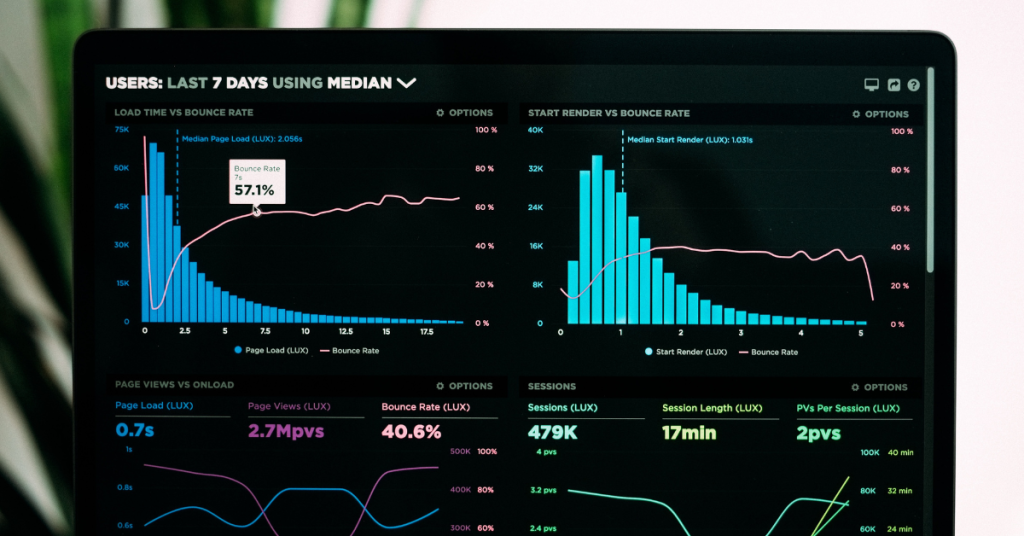As an ecommerce business owner, having a Shopify store that ranks high on search engines is crucial for attracting more traffic and increasing sales. In this article, we’ll explore Shopify SEO and how to optimize your store for higher rankings and more traffic.
1. Conduct Keyword Research
Keyword research is the foundation of any SEO strategy. Start by identifying the keywords that are relevant to your business and products. Use tools like Google Keyword Planner, Ubersuggest, or SEMrush to find keywords that have a high search volume and low competition.
2. Optimize Your Product Pages
Optimizing your product pages is essential for higher rankings on search engines. Make sure your product titles and descriptions include your target keywords and provide clear and concise information about your products. Use high-quality images and videos to showcase your products and make it easy for customers to find what they’re looking for.
3. Improve Your Website’s Loading Speed
Website loading speed is an important ranking factor for search engines and a crucial factor for user experience. Use tools like Google PageSpeed Insights or GTmetrix to identify any issues that may be slowing down your website’s loading speed. Compress images, use a content delivery network, and minimize code to improve your website’s loading speed.
4. Use Meta Descriptions and Title Tags
Meta descriptions and title tags provide a brief summary of your webpage to search engines and users. Use relevant keywords in your title tags and meta descriptions to improve your click-through rates and rankings on search engines.
5. Optimize Your URLs
Optimizing your URLs can make it easier for search engines to crawl and index your pages. Use relevant keywords in your URLs and make sure they’re short and descriptive.
6. Use Internal Linking
Internal linking can help search engines crawl and index your pages and improve your website’s user experience. Link your product pages to relevant blog posts, category pages, or other relevant pages on your website.
7. Create High-Quality Content
Creating high-quality content is an essential part of any SEO strategy. Write blog posts, create videos, or produce podcasts that provide value to your target audience and address common questions or concerns in your niche. Use relevant keywords in your content to improve your rankings on search engines.
8. Use Social Media
Social media can be a powerful tool for driving traffic to your Shopify store and improving your rankings on search engines. Use social media platforms like Facebook, Instagram, and Pinterest to promote your products and content to your target audience.
9. Monitor Your Analytics
Monitoring your website’s analytics is essential for measuring the effectiveness of your SEO strategy. Use tools like Google Analytics to track your website’s traffic, user behavior, and conversion rates. Use this information to make data-driven decisions and optimize your SEO strategy accordingly.
10. Consider Hiring an SEO Expert
SEO can be a complex and time-consuming process, and it’s not always easy to stay up-to-date with the latest trends and best practices. Consider hiring an SEO expert or agency to help you optimize your Shopify store for higher rankings and more traffic.
In conclusion, optimizing your Shopify store for SEO requires a combination of tactics, from conducting keyword research and optimizing your product pages to improving your website’s loading speed and using social media. By using these 10 Shopify SEO strategies, you can improve your website’s rankings, attract more traffic, and increase your sales and revenue.
Are you looking for assistance with your ecommerce store? Do you require an expert’s help with website development, SEO optimization, or social media posting? Book a call with us, and we’ll connect you with the ideal specialists!








